San Francisco Lighting Designer Jonathan Browning Creates Elegant Classical and Modern Lighting of Superb Style, Character and Individuality.
San Francisco lighting designer Jonathan Browning is world-renowned for his elegant, inventive, and dramatic lighting designs. His designs are shown at the De Sousa Hughes showroom in San Francisco, and in fourteen international showrooms, including Paris, London Riyadh and Toronto.
His modern collections of chandeliers and sconces and lamps for Restoration Hardware are the most popular of all the company’s designer collections. His bold outdoor lanterns, table lamps, reading lamps, virtuoso chandeliers, sconces, and highly original Beaux-Arts-style chandeliers are specified by designers and architects for mansions and penthouses and residences around the world.
“Lighting is my passion and my obsession, and I’m so happy this is a golden age for lighting design,” said Browning, originally from Manhattan Beach. He has a master’s degree in architecture and design from Southern California Institute of Architecture.
After working around the world as a specialist on hotel design, apparel company store design, product design, and visual merchandising, in 2003 he opened Jonathan Browning Studios.
Jonathan Browning’s more than 150-design collections are now growing to include a complete range of lighting, as well as hardware and faucets. He has designed over 500 lighting designs for RH, and recently designed new lighting for McGuire.
One reason for his success is that his designs are versatile, with both a classical and modern approach, and all have the quality of old-world craftsmanship. He also uses a very limited palette of materials for his line-crystal, bronze, brass-- and most of his designers were simply bronze for the first 6 -8 years.
“In the last 5 years I have added lead crystal and bisque porcelain to my line,” Jonathan Browning told me. “I use paper thin porcelain as a shade material. Porcelain is magic: When the light is off the matte, unglazed surface looks like honed stone, but when illuminated it glows golden and warm – almost amber – and the harsh white transforms itself.”
His aesthetic of combining Beaux Arts classicism with industrial design minimalism has given him a devoted audience. And Browning loves to experiment and keep his collections fresh.
“I love the inspiration of the 19th century and now I’m researching international mid-century European design and architecture,” said Browning. “Having grown up in LA in the 1960’s mid century held little to no fascination for me. I discovered that ideas, shapes, and engineering techniques from this era could be hugely inspiring. And once I shifted my work to this more modern, less classical aesthetic my business exploded. What had always been steady sales became explosive growth. JBS is now 3 times bigger since I changed this direction. In my designs I seek timeless inspirations, silhouettes, concepts, always with a fresh approach.”
1. Lighting is the ultimate make or break element in every interior. Moderation is the key regarding lighting in general, and especially recessed lighting. Putting all lighting on dimmers is paramount, and I advise discretion regarding placement of spots. And of course sconces and chandeliers and torchieres are essential, but in moderation. The goal is a balanced, peaceful illumination that never glares, always focuses on correct elements, and mostly creates a harmonious, pleasing mood.
2. The Living Room: The most public room in the house. It therefore needs to be illuminated in a manner that pleases and assists the guest. The only recessed spots should be over the coffee table, and on artwork on walls. Never generally in a grid. Never too bright. On a dimmer.
A beautifully proportioned chandelier (never too small or too large) can be wonderful in a living room, an intentional piece of sculpture hanging in the space. Chandeliers should never be too bright or hard to look at. Soft and subtle will always work best in this room.
Rely on shaded table lamps and torchieres for everything else. Task lamps for reading at sofa side or chair side are ideal. In this manner you can well light the living room without any single light being bright. Create mood, and never over-light the room.
3. The Dining Room is also crucial to illuminate correctly. Just one bright chandelier will kill the room. Important to add 4 recessed spots – two at one end of table, and two at the other end, and chandelier in the center. The four spots will do the heavy lifting, creating clear warm pools of light across most of the table, and allowing you to turn down the dimmer on the chandelier until it glows perfectly.
4. Sconces are also terrific in the dining room. They provide needed general lighting, but also give the walls depth and complexity. Without sconces walls can look dull and flat. And like the living room, this room can have art illuminated by spots or picture lights. I love sconces. They lift a room…and are unobtrusive, take up little space. They are wonderful in a hallway.
5. Bedrooms: A small chandelier or pendant works well depending on the interior. But it is crucial to have both table lamps and swing arm lights by the bed for reading. If there is art you need spots or picture lights. But any spot lighting must be kept to a minimum. No one wants to lie in bed and look up at bright spots. Design bedroom lighting so that the room can be quite dim, with just bedside lighting or reading lighting over the bed. A standing torchiere can be lovely and takes up little space.
In recent years I have designed sculptural chandeliers that cover entire ceilings. One continuous bronze fixture undulates over a space 20’ x 30’.
The first time I did it was for a palatial Beaux Arts mansion on Chicago’s Astor Place, with over 1,200 bulbs suspended by bronze branches.
Chandeliers should never be common or familiar. They are by their nature the visual star or focus of a room. Their design has to delight and impress. Better to have nothing hanging from the ceiling than a cheap chandelier.
Lastly drop length is key. A chandelier hung too high is silly. And one hung too low annoys and blocks sight lines. I like to use a drop of 66” O.F.F. (off finished floor). That puts the bottom of the chandelier at my eye height. This height works only when placed over the dining table, not floating in the room.
A good sconce (they look best in pairs) is intimate, elegant sculpture, pleasing the eye with its material and form. Its only requirement is to cast light, but otherwise its possibilities are endless
I have designed a sconce which is just 2” tall, and recently I have introduced a sconce 6 feet tall, illuminated by 5 12” tall Edison bulbs. Big or small, subtle or show stealing, sconces are artistic expressions of their owner’s taste and mood.
In the summer of 2014 RH (formerly Restoration Hardware) asked if he would design lighting for them. JB lines have become the biggest grossing lines by any individual designer contributing to RH.
JBS designs indoor and outdoor lighting, accessories, lanterns, window hardware, hardware, bath accessories, and soon water delivery (faucets).
Jonathan Browning is also a creative and talented interior designer. In August 2017 Jonathan and his partner Marco Heithaus purchased the Walter and Louise Arensberg estate in Hollywood, and are in the middle of a detailed and lengthy restoration. When complete in 2020 it will become a creative laboratory for my lighting and Doug Levine’s furniture designs. It will be open by appointment only to designers and their clients.
In 2017 Marco and Jonathan purchased a Modernist floor-through apartment in a villa in the remote town of Alberoni, in Lido di Venezia across the lagoon from Venice.
“We love the light reflected off the lagoon, and views of islands, so we are remodeling it in a very minimal manner, using stark white Venetian plaster for all walls, resin floors, and mid century Italian furniture and my lighting throughout,” said Browning.
“My residences are design laboratories, and they inspire new designs,” he said. “That’s how I designed the Platiere line. I love the organic shell-like form of the shade in soft white unglazed porcelain. It’s timeless and elegant, it looks like it has always existed as opposed to being a newly designed piece.”
CREDITS:
Lighting photography courtesy Jonathan Browning Inc.
Portrait with prototype chandelier photographed for San Francisco Design Week at the Jonathan Browning San Francisco studio by Cory Vail. [email protected]
CONTACT:
www.jonathanbrowninginc.com
Studio by appointment only.
30 SHERIDAN STREET
SAN FRANCISCO, CA 94103
TEL 415.401.9999
FAX 415.341.8886
“My two great aesthetic loves when I began designing in 2003 were French Beaux Arts classicism and industrial design (especially late 19th century). My first collection was achieved through a combination of the two, and a large nod to minimalism. Later I studied archives, books, auctions, and web, studying everything I could find on European mid-century design and architecture. I went in a more modern direction. I’m always experimenting, creating prototypes, looking for new approaches to lighting. So today…my style is both classical and modern…with an emphasis on luxurious materials and finest craftsmanship.” — JONATHAN BROWNING
San Francisco lighting designer Jonathan Browning is world-renowned for his elegant, inventive, and dramatic lighting designs. His designs are shown at the De Sousa Hughes showroom in San Francisco, and in fourteen international showrooms, including Paris, London Riyadh and Toronto.
His modern collections of chandeliers and sconces and lamps for Restoration Hardware are the most popular of all the company’s designer collections. His bold outdoor lanterns, table lamps, reading lamps, virtuoso chandeliers, sconces, and highly original Beaux-Arts-style chandeliers are specified by designers and architects for mansions and penthouses and residences around the world.
“Lighting is my passion and my obsession, and I’m so happy this is a golden age for lighting design,” said Browning, originally from Manhattan Beach. He has a master’s degree in architecture and design from Southern California Institute of Architecture.
After working around the world as a specialist on hotel design, apparel company store design, product design, and visual merchandising, in 2003 he opened Jonathan Browning Studios.
Jonathan Browning’s more than 150-design collections are now growing to include a complete range of lighting, as well as hardware and faucets. He has designed over 500 lighting designs for RH, and recently designed new lighting for McGuire.
One reason for his success is that his designs are versatile, with both a classical and modern approach, and all have the quality of old-world craftsmanship. He also uses a very limited palette of materials for his line-crystal, bronze, brass-- and most of his designers were simply bronze for the first 6 -8 years.
“In the last 5 years I have added lead crystal and bisque porcelain to my line,” Jonathan Browning told me. “I use paper thin porcelain as a shade material. Porcelain is magic: When the light is off the matte, unglazed surface looks like honed stone, but when illuminated it glows golden and warm – almost amber – and the harsh white transforms itself.”
His aesthetic of combining Beaux Arts classicism with industrial design minimalism has given him a devoted audience. And Browning loves to experiment and keep his collections fresh.
“I love the inspiration of the 19th century and now I’m researching international mid-century European design and architecture,” said Browning. “Having grown up in LA in the 1960’s mid century held little to no fascination for me. I discovered that ideas, shapes, and engineering techniques from this era could be hugely inspiring. And once I shifted my work to this more modern, less classical aesthetic my business exploded. What had always been steady sales became explosive growth. JBS is now 3 times bigger since I changed this direction. In my designs I seek timeless inspirations, silhouettes, concepts, always with a fresh approach.”
Jonathan Browning’s Tips on Lighting: Exclusive Tips for readers of THE STYLE SALONISTE
1. Lighting is the ultimate make or break element in every interior. Moderation is the key regarding lighting in general, and especially recessed lighting. Putting all lighting on dimmers is paramount, and I advise discretion regarding placement of spots. And of course sconces and chandeliers and torchieres are essential, but in moderation. The goal is a balanced, peaceful illumination that never glares, always focuses on correct elements, and mostly creates a harmonious, pleasing mood.
2. The Living Room: The most public room in the house. It therefore needs to be illuminated in a manner that pleases and assists the guest. The only recessed spots should be over the coffee table, and on artwork on walls. Never generally in a grid. Never too bright. On a dimmer.
A beautifully proportioned chandelier (never too small or too large) can be wonderful in a living room, an intentional piece of sculpture hanging in the space. Chandeliers should never be too bright or hard to look at. Soft and subtle will always work best in this room.
Rely on shaded table lamps and torchieres for everything else. Task lamps for reading at sofa side or chair side are ideal. In this manner you can well light the living room without any single light being bright. Create mood, and never over-light the room.
3. The Dining Room is also crucial to illuminate correctly. Just one bright chandelier will kill the room. Important to add 4 recessed spots – two at one end of table, and two at the other end, and chandelier in the center. The four spots will do the heavy lifting, creating clear warm pools of light across most of the table, and allowing you to turn down the dimmer on the chandelier until it glows perfectly.
4. Sconces are also terrific in the dining room. They provide needed general lighting, but also give the walls depth and complexity. Without sconces walls can look dull and flat. And like the living room, this room can have art illuminated by spots or picture lights. I love sconces. They lift a room…and are unobtrusive, take up little space. They are wonderful in a hallway.
5. Bedrooms: A small chandelier or pendant works well depending on the interior. But it is crucial to have both table lamps and swing arm lights by the bed for reading. If there is art you need spots or picture lights. But any spot lighting must be kept to a minimum. No one wants to lie in bed and look up at bright spots. Design bedroom lighting so that the room can be quite dim, with just bedside lighting or reading lighting over the bed. A standing torchiere can be lovely and takes up little space.
Jonathan Browning on Why Chandeliers Are Wonderful
Chandeliers are art when designed correctly. They are an incredible opportunity for sculpture to hang in the space. Their range of aesthetics is endless.In recent years I have designed sculptural chandeliers that cover entire ceilings. One continuous bronze fixture undulates over a space 20’ x 30’.
The first time I did it was for a palatial Beaux Arts mansion on Chicago’s Astor Place, with over 1,200 bulbs suspended by bronze branches.
Chandeliers should never be common or familiar. They are by their nature the visual star or focus of a room. Their design has to delight and impress. Better to have nothing hanging from the ceiling than a cheap chandelier.
Lastly drop length is key. A chandelier hung too high is silly. And one hung too low annoys and blocks sight lines. I like to use a drop of 66” O.F.F. (off finished floor). That puts the bottom of the chandelier at my eye height. This height works only when placed over the dining table, not floating in the room.
Jonathan Browning on the Magic of Sconces
Sconces are my personal favorite to design. For me an elegant sconce makes the room. J-boxes tend to be 66” O.F.F, which puts them at eye height, so you read them very clearly as soon as you enter a room.A good sconce (they look best in pairs) is intimate, elegant sculpture, pleasing the eye with its material and form. Its only requirement is to cast light, but otherwise its possibilities are endless
I have designed a sconce which is just 2” tall, and recently I have introduced a sconce 6 feet tall, illuminated by 5 12” tall Edison bulbs. Big or small, subtle or show stealing, sconces are artistic expressions of their owner’s taste and mood.
Jonathan Browning Studio
Jonathan Browning Studio now has 14 showrooms worldwide, throughout all major US cities, Toronto, London, Paris.In the summer of 2014 RH (formerly Restoration Hardware) asked if he would design lighting for them. JB lines have become the biggest grossing lines by any individual designer contributing to RH.
JBS designs indoor and outdoor lighting, accessories, lanterns, window hardware, hardware, bath accessories, and soon water delivery (faucets).
Jonathan Browning is also a creative and talented interior designer. In August 2017 Jonathan and his partner Marco Heithaus purchased the Walter and Louise Arensberg estate in Hollywood, and are in the middle of a detailed and lengthy restoration. When complete in 2020 it will become a creative laboratory for my lighting and Doug Levine’s furniture designs. It will be open by appointment only to designers and their clients.
In 2017 Marco and Jonathan purchased a Modernist floor-through apartment in a villa in the remote town of Alberoni, in Lido di Venezia across the lagoon from Venice.
“We love the light reflected off the lagoon, and views of islands, so we are remodeling it in a very minimal manner, using stark white Venetian plaster for all walls, resin floors, and mid century Italian furniture and my lighting throughout,” said Browning.
“My residences are design laboratories, and they inspire new designs,” he said. “That’s how I designed the Platiere line. I love the organic shell-like form of the shade in soft white unglazed porcelain. It’s timeless and elegant, it looks like it has always existed as opposed to being a newly designed piece.”
CREDITS:
Lighting photography courtesy Jonathan Browning Inc.
Portrait with prototype chandelier photographed for San Francisco Design Week at the Jonathan Browning San Francisco studio by Cory Vail. [email protected]
CONTACT:
www.jonathanbrowninginc.com
Studio by appointment only.
30 SHERIDAN STREET
SAN FRANCISCO, CA 94103
TEL 415.401.9999
FAX 415.341.8886



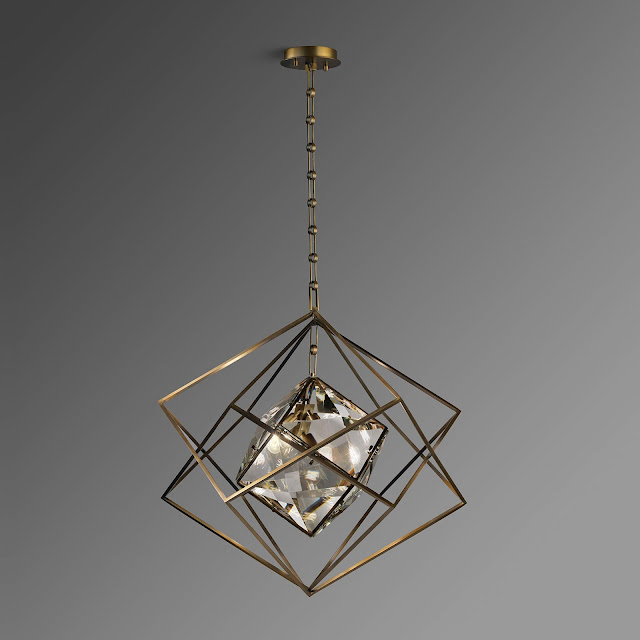

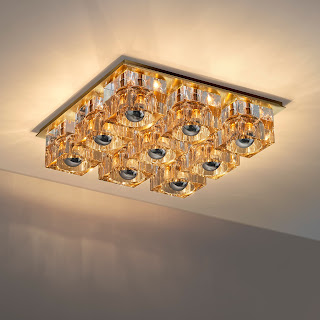

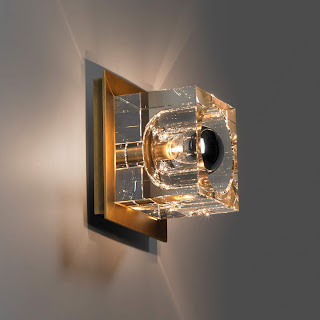
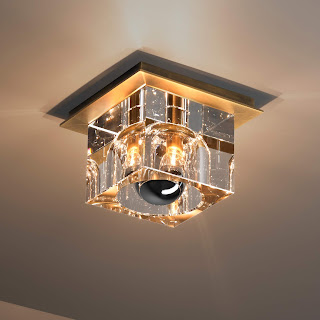


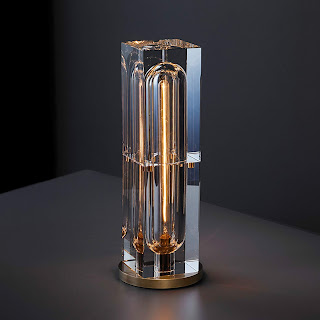
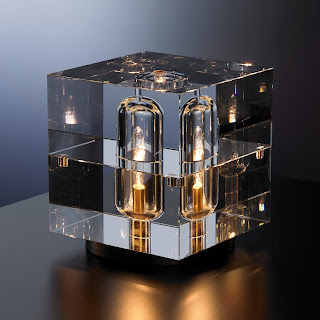
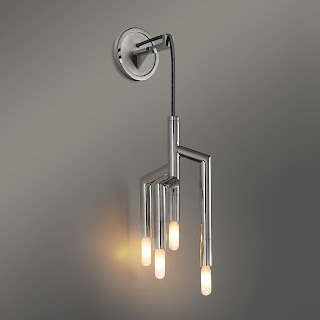


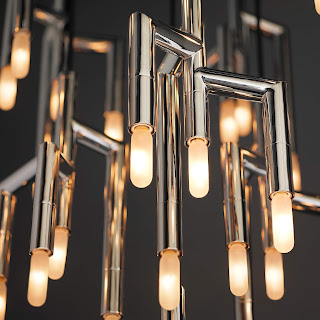

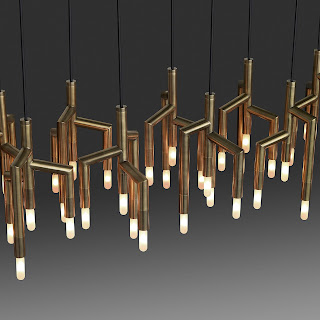


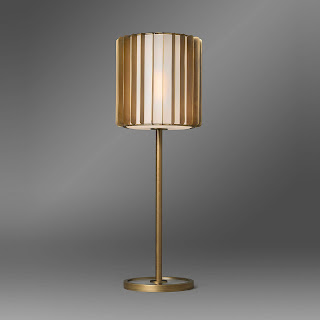
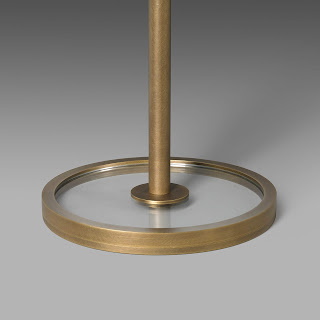


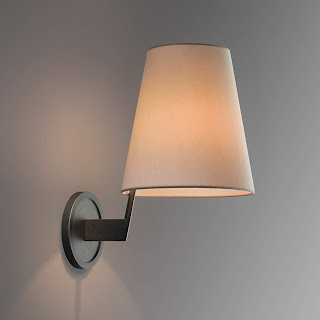

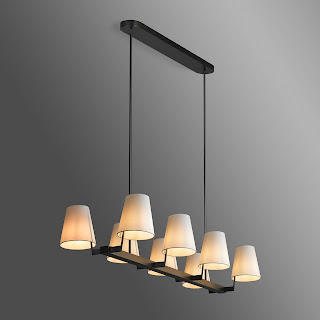
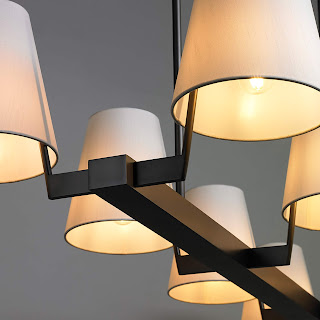
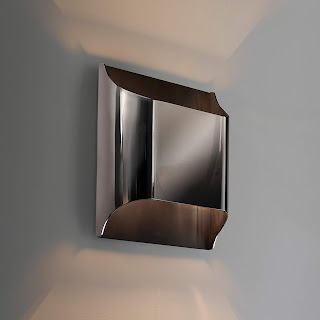


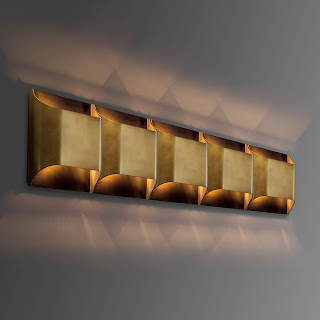

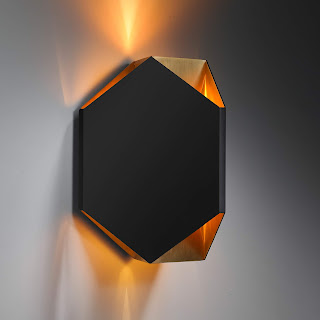




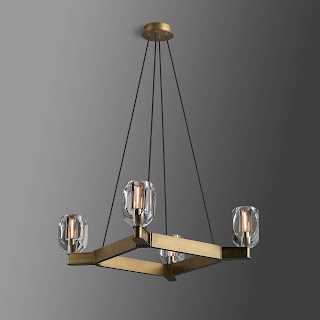
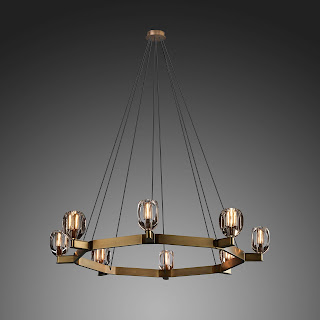
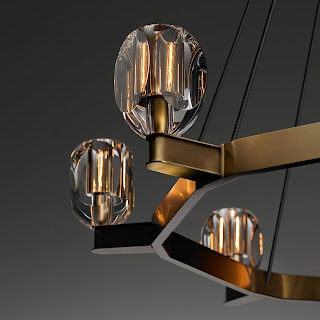

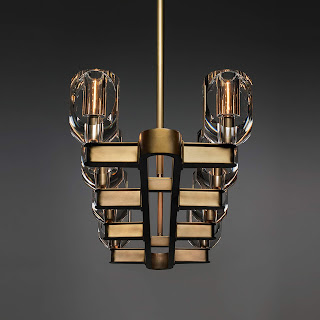


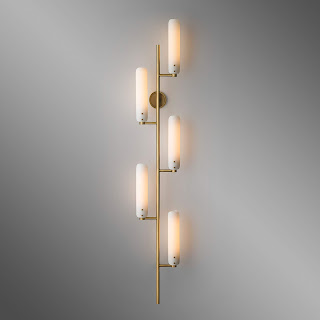


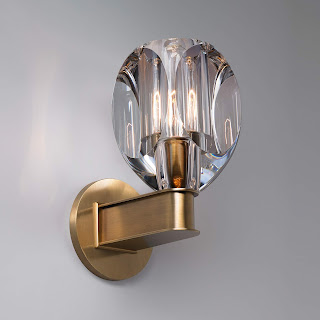

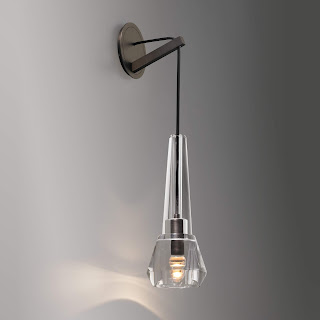
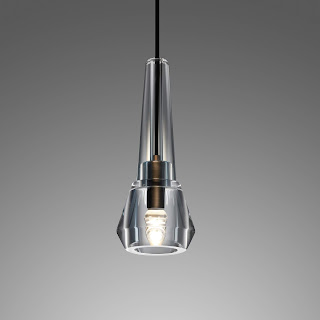
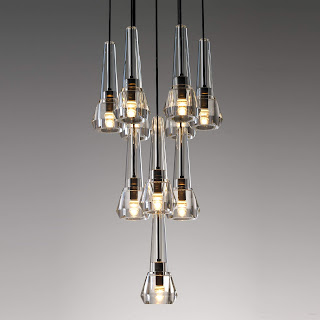
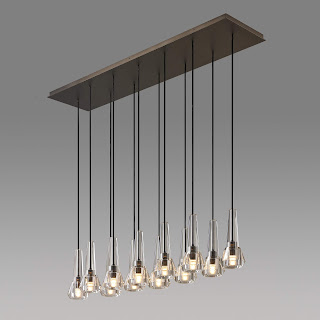
No comments:
Post a Comment